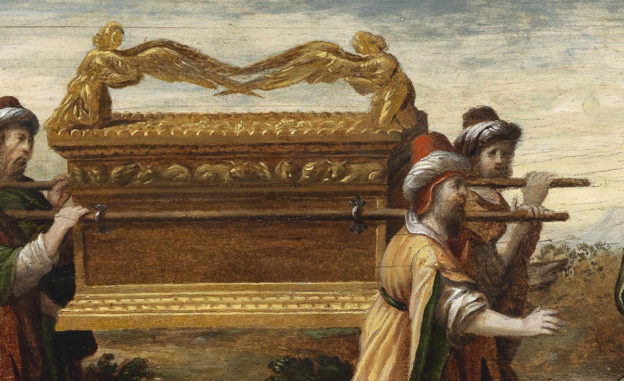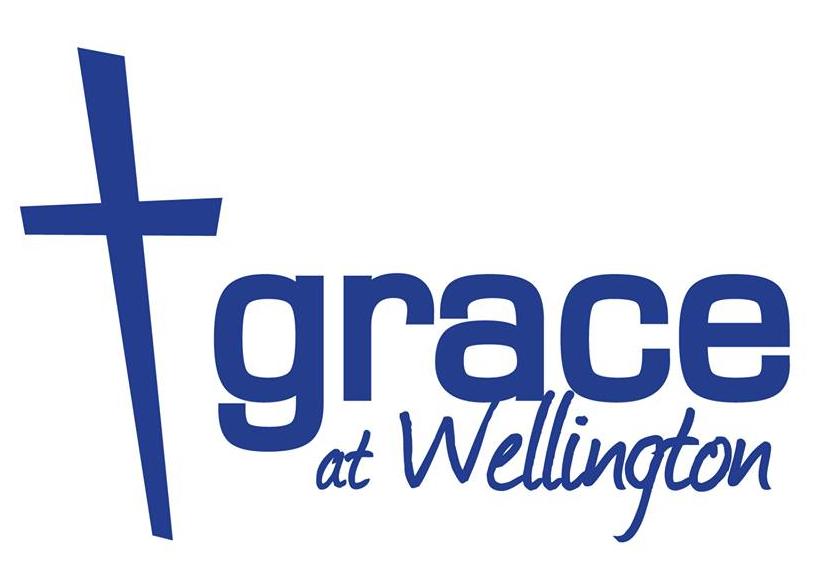As some of you may be aware, I dabble in woodworking as a hobby. I enjoy the process of taking raw timber, cutting and putting it together, then sanding and finishing it. To succeed requires attention to detail, and a set of plans which indicate not only the process of assembly and the end result, but indicate why each piece (sometimes hidden pieces in the end product) is required.
In the first verses of chapter 25, God instructed the people to provide materials for the building of God’s Tabernacle, his dwelling place with them. In verses ten to twenty-two, God instructs Moses on the construction of the Ark of the Covenant. But he does not just ask for a box, he explains the finish and decorative elements to go with it, and why they are there. Because the Ark of the Covenant is more than a box; it is a picture of God’s relationship and presence with his people, recognised most fully in Jesus.
The first thing to note about the plans for the Ark is that it provides a place for God’s covenant. The Israelites were to make an ark (literally a box) of acacia wood that was approximately 1,100mm long by 670mm deep and wide (v.10).
The box was to have an overlay of pure, refined gold inside and out, with a moulding which would have helped keep the lid on (v.11). They were to attach four golden rings to feet on the bottom of the box (so it did not sit flat on the ground), and make gold overlaid poles from acacia wood which were permanently strung through the rings to carry the ark (vv.12-14). This allowed the ark to be moved without being touched, because of its holiness.
In fact, the poles were never to be removed from the rings (v.15), unlike other objects. This perhaps indicated God’s readiness to move at a moment’s notice with his people.
Finally, the ark was the place in which “the testimony that I shall give you” was to be placed, rather than remaining an empty symbol (v.16). The testimony referred to the written copies of the covenant, which enabled and set out the terms of the relationship which God had with his Covenant People.
However, the testimony also made clear to God’s People their unworthiness of relationship with God due to sinfulness. Therefore, the instructions also provided a place for God’s mercy. They were to “make a mercy seat of pure gold” (v.17), that is, a cover which sat over the ark carrying the testimony. It was of the same length and width dimensions as the ark on which it sat. The mercy seat was emplaced on top of the ark (v.21).
The mercy seat symbolised that the requirements of the Law were fulfilled completely by God’s mercy. The sins of the people could be completely covered by the appointed sacrifices God accepted.
At the same time, the mercy seat’s pure gold make reminded God’s People that holiness was the required standard for communion with God, and so only a sacrifice which met the standard of holiness required would suffice.
Thirdly, the ark provided a place for God’s presence. On the two ends of the mercy seat, they were to create two Cherubim of gold which were to be attached to the mercy seat as one piece (vv. 18-19). The Cherubim were to face each other, with their wings covering the mercy seat (v.20).
The Cherubim were important because they were a symbolic representation of the Heavenly throne room, where Cherubim circle God’s throne proclaiming his praise (Isaiah 6). Likewise, God would appear above the mercy seat, between the Cherubim, to speak to Moses (v.22) and be present with his people. No idolatrous image was necessary; inside the tent God would appear above the ark to speak to Moses, the Mediator between God and the People.
Gold, symbolising God’s purity and holiness, plays an essential part in the finish and decoration applied to the ark. The poles (so nobody touched the ark and died as Uzziah later did, 2 Sam. 6) symbolised the separation between God and the People.
This reminds us that God is holy, and that our worship of him should not be superficial entertainment but should take his holiness and glory seriously and reverently. We make a terrible mistake as believers today when we turn a Church service, where we encounter God through Jesus, into some concert or festival.
But the ark also reminds us of God’s mercy. It is built into the plans. The mercy seat covered all the sins of God’s People, when it was splashed with the blood of the atoning sacrifices offered. How much greater is Jesus’ sacrifice, his blood splashed on the Heavenly mercy seat which was used to make the plans for Moses’ copy, in covering over our sins and failures to keep God’s Law.
That mercy allowed a Holy God to dwell with sinful people. So, too, Jesus’ blood allows us, sinful people, to enjoy fellowship with God today.


